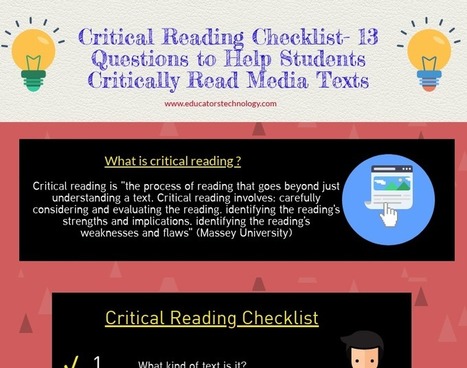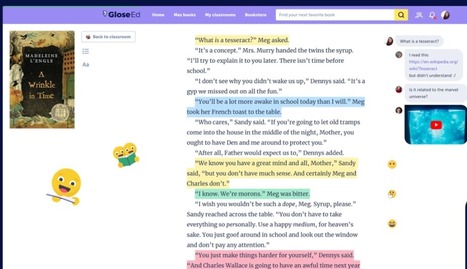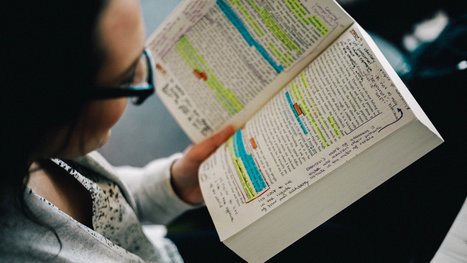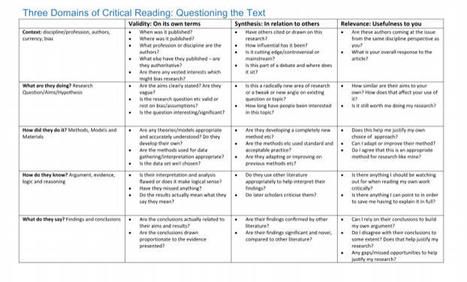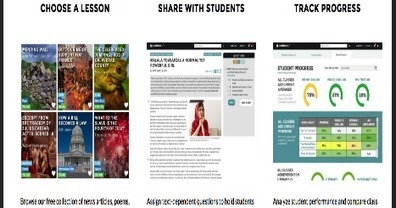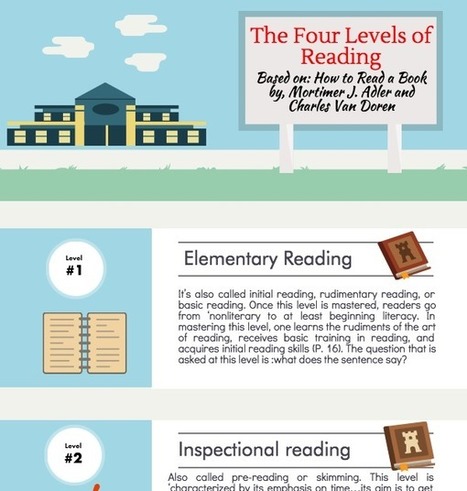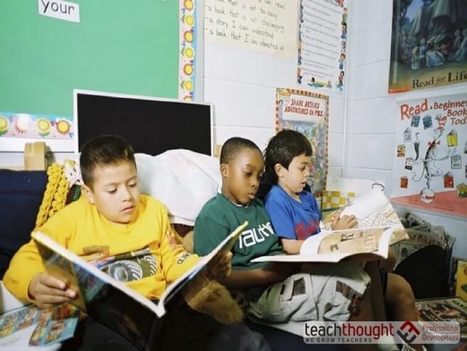As teachers and educators it behoves us to raise our students critical awareness to this informational dilemma. We need to make sure they are equipped with the required skills to help them navigate and browse the web in a safe and productive way. One way to do this is through enhancing their critical digital search literacy. We have already covered a number of interesting materials in this regard and you can check this resource to discover some practical search tips to share with your students.
Research and publish the best content.
Get Started for FREE
Sign up with Facebook Sign up with X
I don't have a Facebook or a X account
Already have an account: Login
Literacy in a digital education world and peripheral issues.
Curated by
Elizabeth E Charles
 Your new post is loading... Your new post is loading...
 Your new post is loading... Your new post is loading...

Sarah Campbell's curator insight,
February 16, 2020 6:13 PM
This article leads to a great approach for teaching students especially secondary students how to utilize textbooks. It is a great strategy for getting through the long ever dreaded chapters of pricey texts.

Joyce Valenza's curator insight,
July 15, 2017 8:42 AM
Very practical ideas for implementation by teacher librarians! 
GwynethJones's curator insight,
July 16, 2017 7:56 AM
"Comprehension strategies are sets of steps that good readers use to make sense of text. Comprehension strategy instruction helps students become purposeful, active readers who are in control of their own reading comprehension. The seven strategies here appear to have a firm scientific basis for improving text comprehension."
Donna Farren's curator insight,
July 19, 2017 10:59 AM
These are great strategies that can be used in all content areas to help develop reading and comprehension skills
|
|




